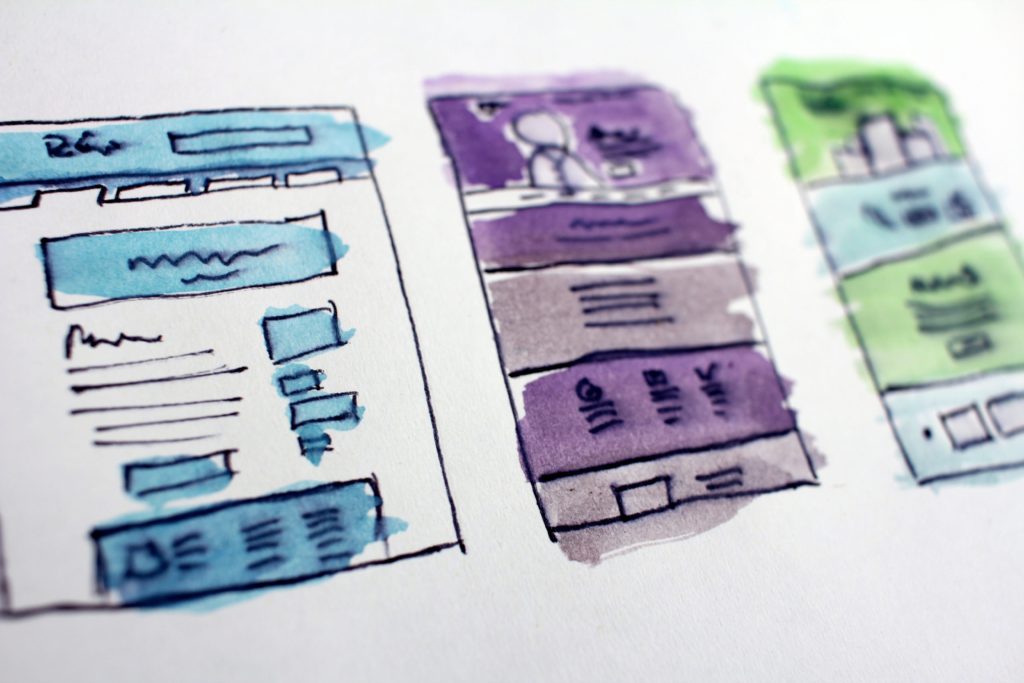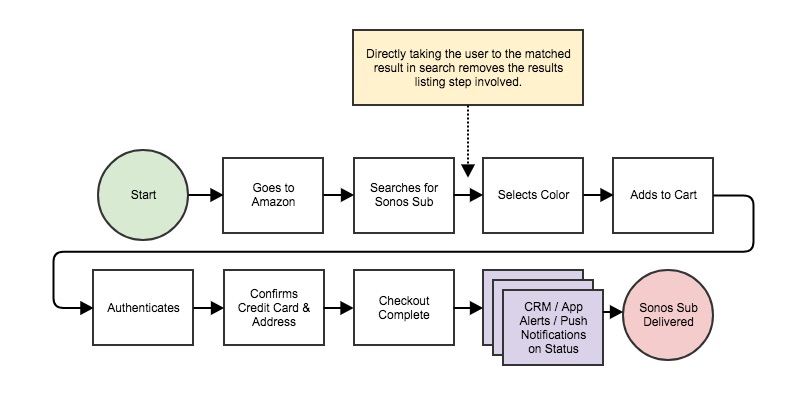UX Crash Course

Hey there 👋
My name is Peyton Hayslette, and I’d like to welcome you to my site! If you’re unfamiliar with who I am or what I do, then you should read about my background here. Otherwise, glad to have you back!
I figured I’d kick off this first blog post by discussing a topic I get asked about frequently – UX vs UI. What are they and how do they differentiate from one another? To set the stage, UX stands for User Experience. UX is not to be confused with UI. UI stands for User Interface.
To differentiate them:
- UX: The ways in which users interact with a product or platform
- UI: The look and feel of the product that a user is interacting with
UI and UX are independent of one another yet will come together to create a Customer Experience or CX through a product or brand interaction. CX is defined as a series of Customer Journey’s through what is referred to as a hook or acquisition and retainment model.
An example of a Customer Journey would be as follows:
I want to buy a new Sonos speaker that’s on sale, so I go to Amazon. I decide to buy via desktop by typing in the search bar for “Sonos Sub”. I then hit the results page with multiple items. I select the top result which is the Sonos Sub. I then select the color and add to cart. Then I authenticate, select my credit card on my account, confirm my shipping address and click buy. I then receive a confirmation screen and an email at the same time. When the Sonos leaves the DC I get another email. When the speaker shows up I get another email confirming delivery.
This Journey is typical and can also be used as a Use Case or a typical interaction of a platform or product. Breaking down the above example you can see that there’s more than meets the eye: 

The white boxes show an individual step in the Customer Journey. The total being Eight User Interactions. UX would view this Use Case as an opportunity to optimize the Funnel or CX by reducing the total number of steps involved – ultimately reducing the risk of abandonment.
By analyzing the Customer Journey, let’s pretend that the highest point of funnel abandonment is the product listing step above. By identifying the choke point of the funnel, and either improving upon the UX or removing an unnecessary step all together, the Customer Journey is optimized upon for a better CX.
Example: By removing that step and redirecting that customer directly to the product which is matched as an auto-suggest in the search bar, the step is eliminated.


The Customer Journey is now optimized on what was a previous choke point for engagement. Performing continuous testing for optimization upon the various Use Cases of a product is at the core of efficient and productive UX.
The above is all at a high level but gives a solid core of what UX is. Here’s a few resources that will also be of help when familiarizing yourself with UX, UI, CX, and Product in general 🎉
Online Knowledge Bases
- How I start every Morning: http://www.producthunt.com/
- AirBnB Design – My personal favorite / One of the only things I subscribe to: https://airbnb.design/
- https://www.invisionapp.com/ecourses/principles-of-ux-design
- https://www.invisionapp.com/ecourses/making-a-product-designer
- http://productdisrupt.com
Books
Misc.
- UX history of websites & apps we use: http://uxtimeline.com
- Startup Boilerplate guide (definitely read this – It’s not UX but will help you understand where UX comes into play): https://www.julian.com/learn/growth/intro
- Case Study – Kindle: http://www.christinephan.com/portfolio_kindle.html
- Case Study – Toy Shop: http://www.christinephan.com/portfolio_magic.html
- Case Study – Club Soda: http://www.christinephan.com/portfolio_soda.htm